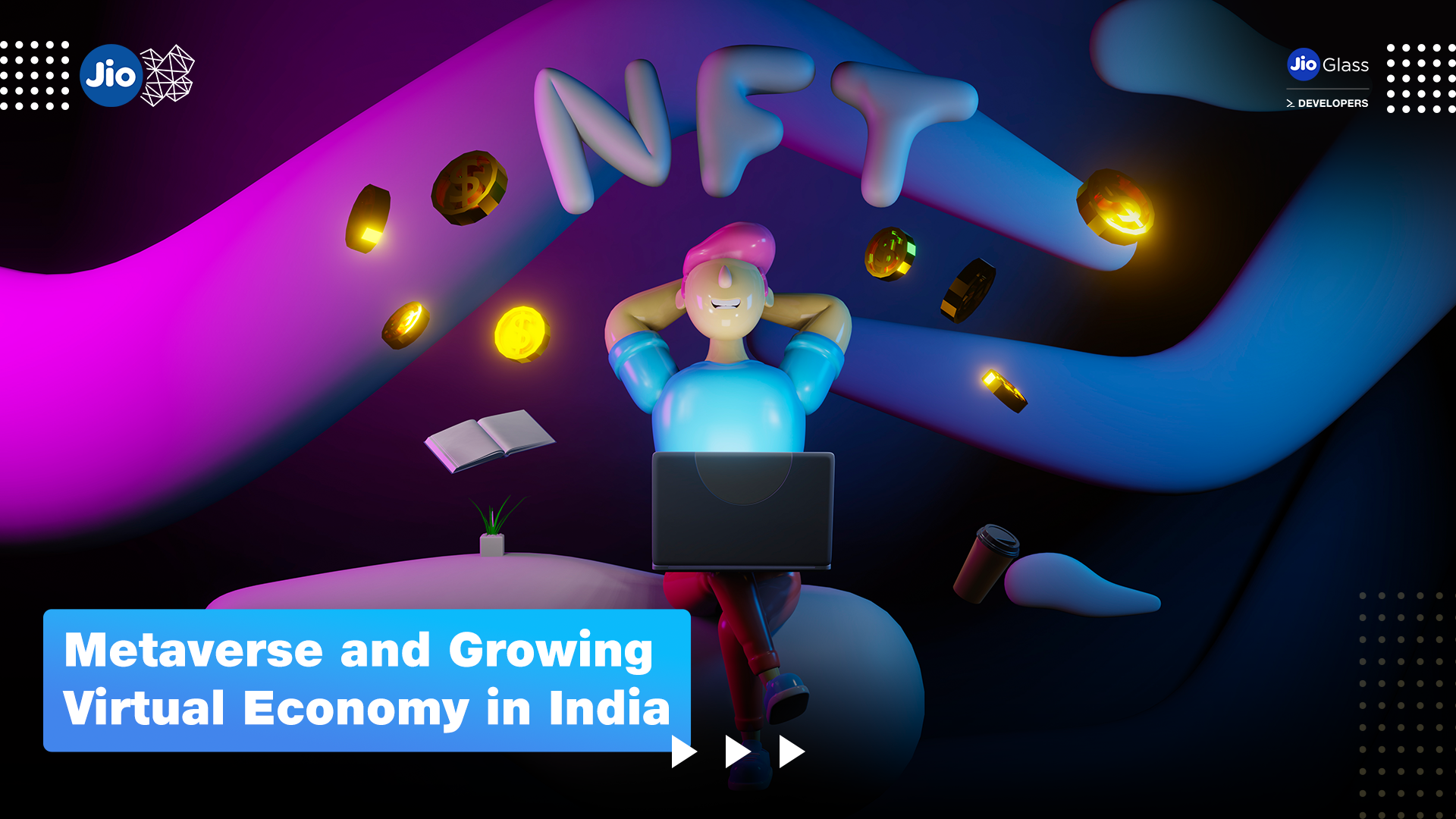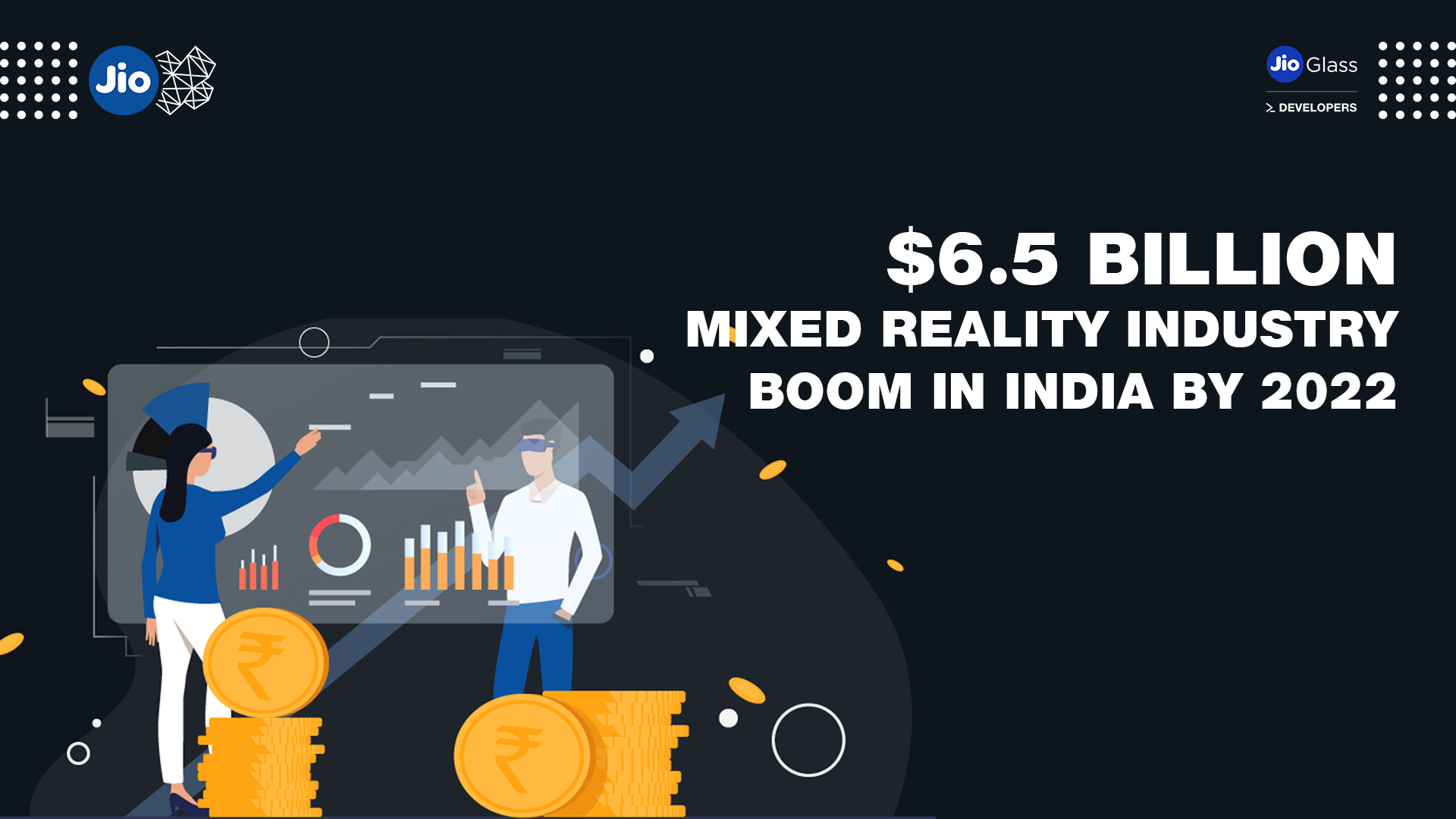How India’s Biggest Mixed Reality Firm Came to Be

In 2015, we started from a small warehouse in Mumbai with three tech enthusiasts who had a simple goal they wanted to accomplish — build a hardware company out of India. Today, we are the country’s biggest mixed reality company with 50 team members and growing.
Our growth wasn’t easy. It came with trials and tribulations. But what is innovation if it doesn’t come out of chaos?
The idea of building a product company came to Kshitij Marwah, Jio Tesseract’s founder, and CEO when he was pursuing his graduate studies at the MIT Media Lab in Boston. The interdisciplinary innovation lab is a design-thinking led space where research runs on the idea of demo or die, instead of publishing and perish.
For each project, it is necessary to create a working prototype with user insights and understanding. Primarily solving problems that revolve around what users want and do the working prototype even solve their problem? And then go ahead and build that product. Kshitij’s time at MIT inspired him to ask why is this innovation only being implemented in Silicon Valley and Shenzhen? Why can’t this model be replicated in India? With the enthusiasm of solving that problem, he came back to India to open the MIT Media Lab India Initiative in 2013.
The India lab got engineers, doctors, designers, lawyers, scientists all in one place to ideate, prototype, and test problem statements together in seven days. In these seven days, participants have to go out, talk to people, gather relevant data, create mock-ups, build prototypes, and test them in the market. The successful execution of this process was a testament to the idea that a similar design-thinking-led innovation model could function in India as well, hence came about the advent of Tesseract.
In 2015, we created our first-ever product called Methane. It was a 360-degree camera for the real estate market with the fundamental idea of creating 32-megapixel virtual reality walk-throughs for clients like MakeMyTrip, Common Floor, and Housing.com for their site visualization.
We graduated to creating a miniaturized version of this standalone VR camera in 2017. It was a golf ball-sized social product called Quark. It was also a 360-degree VR camera, except this time it was the smallest VR camera that could attach to any smartphone. We catered this product to millennials who could take 360-degree selfies and upload them to social media. We went ahead with the tag line that you can never really be on the wrong side of this camera because it’s a 360 camera. It takes in everything.
After putting two VR products in the market, we were thinking about where could we innovate next? That’s where AR stood out in terms of its value proposition and practical use-cases.
We talked to experts in the AR/VR field and set out to find solutions to two of the biggest challenges facing the industry — high device price point and lack of content. There are individual, technically advanced AR/VR devices, software, applications, and cloud companies. Still, none of them are for the masses simply because they are way too expensive for consumers to buy.
That’s when we came up with one of our most ground-breaking products called Holoboard. It is the world’s first AR headset that works with any smartphone. And the best part? It came for just $100, which is 1/20th the de facto price of the devices in the mixed reality market. The idea was that if you want to solve a problem, why address it with a device that the customer can’t buy? Why not use something that will eventually be scalable and usable?
We sold Holoboard in the U.S., Africa, and Latin America. We won some awards along the way as well. Some of the noteworthy are Nasscom, Forbes, and the 2018 Asia Hardware Battle.
Last year in 2019, Asia’s richest person, Mukesh Ambani led Reliance was tinkering with the idea of investing in an AR/VR firm. We matched each other’s wavelengths on the shared vision of making mixed reality the future of reality. We plan on achieving our goal by democratizing mixed reality just the way Reliance’s telecom wing, Jio disrupted the hyper-consolidated telecom market in India in only three years by slashing prices and having diversified distribution channels.
Today, being a subsidiary of the largest private sector company in the country, we have the resources and capabilities to build the next level of spatial computing in India. We have not just grown from being a device company creating products in AR/VR, we are also creating a home-grown mixed reality platform that comprises of in-house software, cloud, OS, and AR/VR applications. Never mind that Jio is also the best-positioned telecom player to harness the capabilities of 5G in India, a key technology that powers mixed reality applications.
We aim to capture close to 10–100 million consumers globally with our platform and transform their use-cases in the fields of education, retail, entertainment, and gaming. We will be innovating our platform on the price point and providing our consumers with meaningful content that is accessible and affordable.
No part of this journey has come without battling the odds. But then again, what is innovation if it doesn’t come out of chaos?
Are you interested in making mixed reality reach the masses? Reach out to us at developers@tesseract.in. We’re on a wild hunt for AR/VR developers who can create fun and meaningful content for our mixed reality platform.
Sign up for the #JioGlass Developers Program Here! 👉 Click Here

